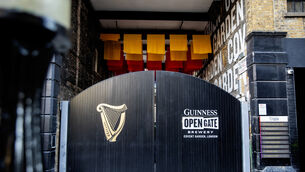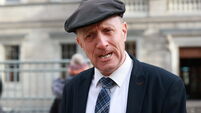UK ‘not in a housing bubble’ as prices rise from historically low level

“It doesn’t look as if there is a bubble,” Cunliffe told politicians in testimony in London yesterday.
“The picture emerging is that prices are starting to rise, but we’re still coming back from a relatively low base, and of course it’s a patchy picture because there’s quite a dispersion across the country”
Prime minister David Cameron’s decision to accelerate his Help to Buy programme, which allows people with minimal deposits to buy homes costing as much as £600,000 (€707,000), has heightened criticism that easier access to credit will stoke a bubble.
Forecasters Acadametrics said on Oct 11 that home values rose to a record last month as first-time buyers returned to the market.
In written evidence to the treasury committee, Cunliffe, who replaces Paul Tucker on Nov 1, said lending standards will need to be watched closely as the property market recovers “to ensure the system does not become overly exposed to a correction in property prices further down the line”.
He also said recent data suggest there are “upside risks” to the Bank of England’s August growth forecasts, with surveys pointing to “above-trend growth” in the second half.
Cunliffe’s most recent position was as Britain’s representative to the EU, where he has been involved in negotiations on the region’s banking union.
From 2007 to 2011, he was a UK government adviser on Europe and global economic issues, and before that worked in a number of roles in the treasury.
Tucker will leave the Bank of England this month and become a senior fellow at Harvard with appointments at both the Harvard Kennedy School in Cambridge, Massachusetts, and Harvard Business School in Boston. He announced his plan to retire in June.
Charles Bean, the Bank of England’s deputy governor for monetary policy, is scheduled to leave next year. He agreed to extend his term by a year from Jul 1 to help with the transition period after Carney joined.
















